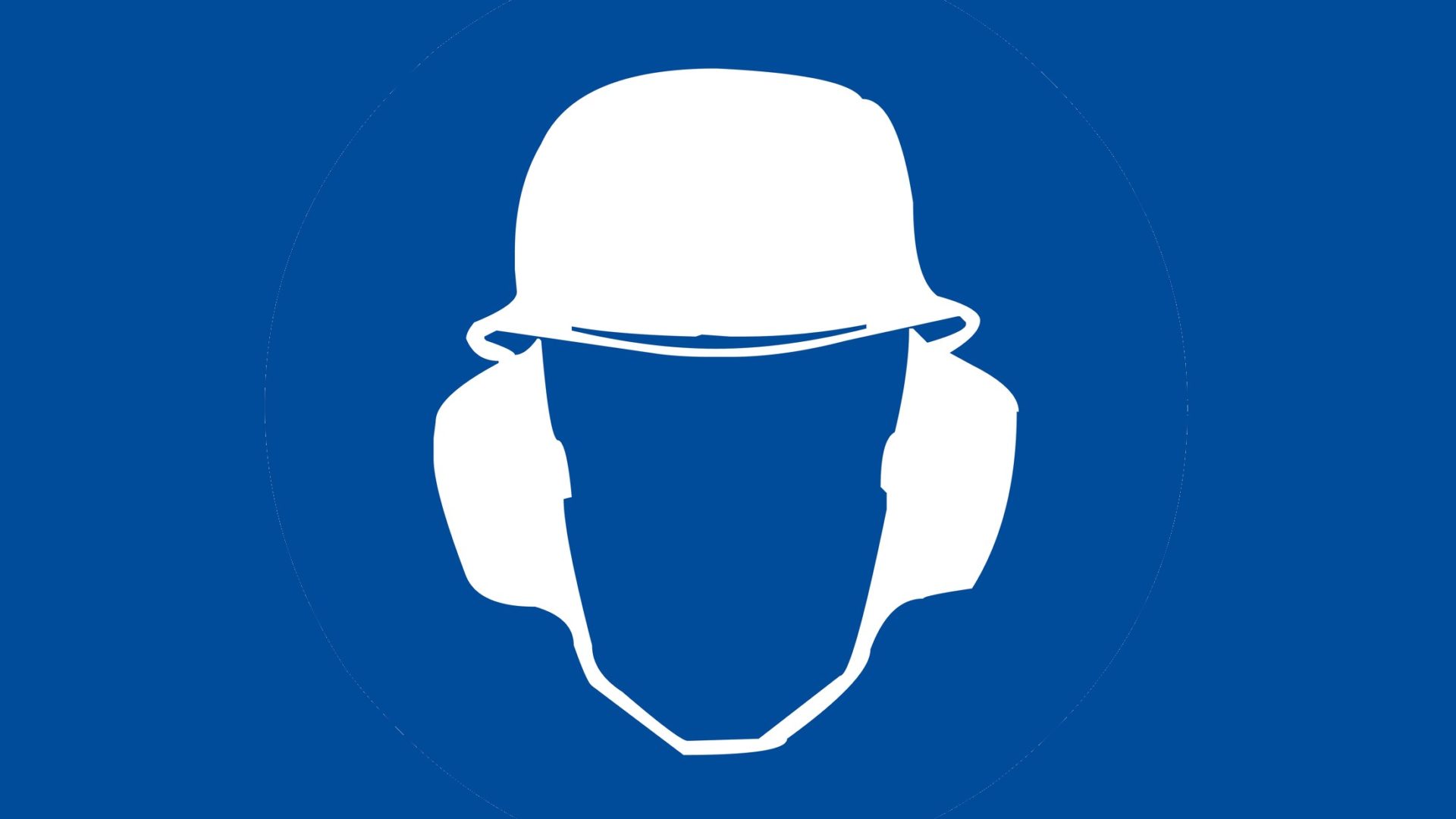Ahead of International Noise Awareness Day on 28 April, David Ford looks at the safeguards construction companies should take to prevent hearing loss among workers

Many construction tasks, tools and equipment can produce high noise levels and frequent exposure to these levels can lead to irreversible hearing damage.
However, there are many ways to reduce noise and noise exposure on site and often a combination of methods works best.
1. Noise assessments need to be carried out where an issue of elevated noise has been identified. Construction sites are inherently noisy and can have a range of noisy activities taking place simultaneously. The Control of Noise at Work Regulations 2005 stipulate specific noise exposure levels where action must be taken. Active noise monitoring can provide an early indication of a noise problem.
2. Eliminating the noise at source should always be the first consideration for reducing the effects of noise exposure. Consider whether noise can be eliminated at the design stage, for example in modern methods of construction, pre-channeled wall or duct sections can be designed in, eliminating the need for chasing out of walls with noisy grinders or wall chasers. Segregating noisy work from other work activities and using screens and acoustic barriers will limit exposure and duration can be reduced by the provision of noise exclusion zones. Using alternative, less noise-generating processes could be the next best option where elimination can’t be achieved. For example, bursting or crushing instead of pneumatic drilling or boring instead of pile driving.
3. Machinery is the biggest contributor to noisy activity on a construction site. Workers are at higher risk if they regularly use or work near to power tools such as concrete breakers and hammer drills. Anyone who operates or works close to heavy plant / machines is also at risk. Consider implementing a silenced generator policy requiring the supply chain to use low noise omitting generators on the project. When it comes to machinery procurement, a positive noise reducing purchasing policy is a good idea – see the HSE Buy Quiet guide details for more.
4. Personal protective equipment (PPE) is useful but as with all PPE hearing protection should be the last line of defence. Hearing protection can offer its own set of risks with ‘over-protection’ reducing the ability for employees to communicate or hear warning signals. On some construction sites, hearing protection with active listening features is now being mandated which protects workers while still allowing them to hear at a safe level. Remember that all PPE must be well maintained, correctly fitted and appropriate for the task.
5. Site signage alerts employees to where the noise hazards are and where the wearing of PPE is mandatory. Workplace signage isn’t just necessary to highlight where the noise is but also where it isn’t. Signs directing employees to noise exclusion areas and refuges are just as important in the overall management of limiting the impact of noise exposure.
6. Health surveillance and early intervention are key to ensuring the best outcome for construction workers exposed to noise. It’s important to teach employees how to recognise some of the early warning signs of hearing damage. The HSE recommends regular hearing checks, annually at first and then at three yearly intervals after the first two years of employment.
7. Training is vital for workplaces where employees are exposed to noise likely to be at or above the lower action value. Training should cover the types of risks the employee may face, action and prevention, PPE and what they should be doing as individuals to minimise damage to their hearing.
Further Guidance
For further information on controlling the risks of noise at work, review the published HSE guidance INDG362 Noise at Work and Construction physical ill health risks: Noise.
David Ford is compliance lead at CHAS (The Contractors Health and Safety Assessment Scheme).
Comments
Comments are closed.












We all should ensure we are implementing policies and initiatives on our to lower noise exposure. I suffer from tinnitus and this affects me to a high degree both at work and personal life. This life long issue could have been avoided if safe systems of works was in place during my younger years in the industry. We should all champion the low noise initiative.